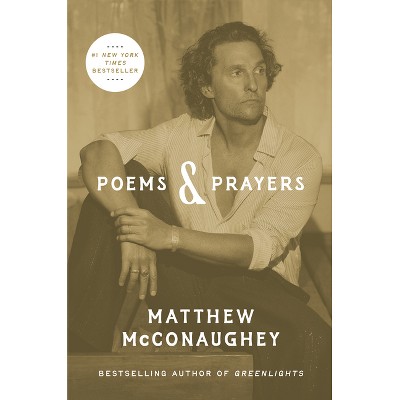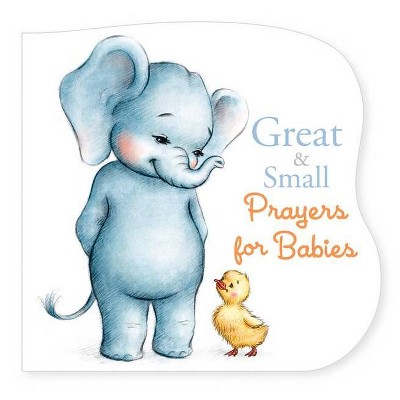Sponsored

Big Farms Make Big Flu - by Rob Wallace (Paperback)
In Stock
Sponsored
About this item
Highlights
- The first collection to explore infectious disease, agriculture, economics, and the nature of science together Thanks to breakthroughs in production and food science, agribusiness has been able to devise new ways to grow more food and get it more places more quickly.
- About the Author: Rob Wallace is an evolutionary epidemiologist with the Agroecology and Rural Economics Research Corps.
- 400 Pages
- Medical, Epidemiology
Description
Book Synopsis
The first collection to explore infectious disease, agriculture, economics, and the nature of science together
Thanks to breakthroughs in production and food science, agribusiness has been able to devise new ways to grow more food and get it more places more quickly. There is no shortage of news items on hundreds of thousands of hybrid poultry--each animal genetically identical to the next--packed together in megabarns, grown out in a matter of months, then slaughtered, processed and shipped to the other side of the globe. Less well known are the deadly pathogens mutating in, and emerging out of, these specialized agro-environments. In fact, many of the most dangerous new diseases in humans can be traced back to such food systems, among them Campylobacter, Nipah virus, Q fever, hepatitis E, and a variety of novel influenza variants. Agribusiness has known for decades that packing thousands of birds or livestock together results in a monoculture that selects for such disease. But market economics doesn't punish the companies for growing Big Flu--it punishes animals, the environment, consumers, and contract farmers. Alongside growing profits, diseases are permitted to emerge, evolve, and spread with little check. "That is," writes evolutionary biologist Rob Wallace, "it pays to produce a pathogen that could kill a billion people." In Big Farms Make Big Flu, a collection of dispatches by turns harrowing and thought-provoking, Wallace tracks the ways influenza and other pathogens emerge from an agriculture controlled by multinational corporations. Wallace details, with a precise and radical wit, the latest in the science of agricultural epidemiology, while at the same time juxtaposing ghastly phenomena such as attempts at producing featherless chickens, microbial time travel, and neoliberal Ebola. Wallace also offers sensible alternatives to lethal agribusiness. Some, such as farming cooperatives, integrated pathogen management, and mixed crop-livestock systems, are already in practice off the agribusiness grid. While many books cover facets of food or outbreaks, Wallace's collection appears the first to explore infectious disease, agriculture, economics and the nature of science together. Big Farms Make Big Flu integrates the political economies of disease and science to derive a new understanding of the evolution of infections. Highly capitalized agriculture may be farming pathogens as much as chickens or corn.Review Quotes
"
The popular narrative of deadly viruses emerging from wild animal reservoirs clearly appeals to humankind's deeply rooted fascination with wildlife and its dangers. But isn't such a focus on the zoonotic origin of emerging infectious diseases distracting attention from the more important social, economic, and cultural forces operating at different spatial and temporal scales and contributing to the chain of causality leading to epidemics?
In his book, [...] evolutionary ecologist Rob Wallace calls on virology, phylogeography, political ecology, mathematical modelling, and economics to tackle those questions by taking us on a rich and fascinating journey through the multiple layers of causality in the emergence of disease.
"Rob Wallace's new book is an important polemic that argues that we, as a society, should be a lot more concerned about the potential for disease to decimate the human population. It is very much a question of not if, but when. Wallace's work is important because it argues that the key problem is not inadequate science, nor ineffectual medicine (though at times these may be issues) but an approach to the question which fails to see the systematic way that capitalism has transformed our relationship to the wider eco-system in ways that encourage the spread, mutation and virulence of disease."--Martin Empson "ResoluteReader"
"Rob Wallace's 2016 book, Big Farms Make Big Flu: Dispatches on Infectious Disease, Agribusiness, and the Nature of Science in many ways should have served as a forewarning for the current coronavirus outbreak."--Sam Belton "Socialist Party"
"The emergence and evolution of influenza is clearly intertwined with neoliberal economic practices that put surplus value over use value. After reading Wallace's book, one cannot be surprised any longer..."--Jonathan Everts "Antipode"
About the Author
Rob Wallace is an evolutionary epidemiologist with the Agroecology and Rural Economics Research Corps. He is author of Big Farms Make Big Flu and coauthor of Clear-Cutting Disease Control: Capital-Led Deforestation, Public Health Austerity, and Vector-Borne Infection. He has consulted with the Food and Agriculture Organization and the Centers for Disease Control and Prevention.










